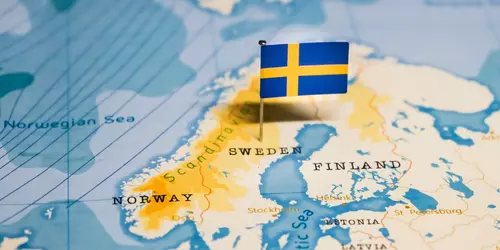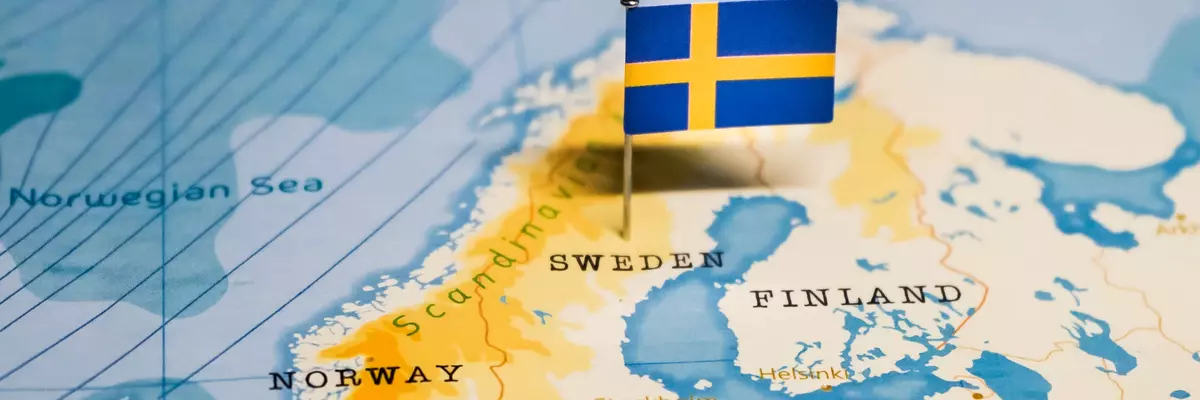
The climate year of Sweden
Climatically, Sweden can be divided into three zones. The south of Sweden is dominated by a cool to temperate oceanic climate. Temperatures in warmer months can rise above 20°C. However, the annual average remains well below 20°C, as only in the summer months do temperatures rise significantly. However, the Atlantic Ocean and the Gulf Stream have an additional influence on the region in the south, which means that the south is largely spared frost in winter. In summer, the oceanic current provides a mild climate, but also precipitation. Towards the east, the continental climate increasingly dominates. Precipitation is less, but the temperature differences between winter and summer are greater. Exceptions to the continental climate are the eastern coasts, where temperatures are also influenced by ocean currents and are significantly milder. Polar climate exists in the north of Sweden. In winter there is hardly any sun, but temperatures down to -40°C or below are not uncommon. The short summers so close to the Arctic Circle are very short and characterized by changeable weather. Basically, a lot of precipitation is to be expected throughout the country, especially in summer and autumn.
General information about Sweden
Astrid Lindgren's character Pippi Longstocking is probably Sweden's best-known export next to the world-famous furniture chain. But the country has more to offer than a girl with red pigtails and furniture; the varied landscape is popular with nature lovers and hikers. Even in winter, guests are drawn to the far north of Sweden. The reason for this is Aurora Borealis, the Northern Lights, which every year in the winter months attracts many visitors to Kiruna, the northernmost town in Sweden. In addition to the Northern Lights, Sweden offers numerous opportunities for sports activities in the winter, many of which are not or rarely offered in other winter sports resorts. These include, for example, dog sledding, snowshoeing and cross-country skiing, which is very popular in Sweden, while in Central European areas this sport has rather a subordinate position compared to other alpine sports. In summer due to the mild but warm climate Stockholm is a popular destination. Stockholm is located in the east of Sweden and the city extends not only over the mainland, but it also includes 14 islands. There are partly bathing beaches, which makes it possible to spend a bathing vacation in the middle of the city.
Tourism Sweden
If you are not used to the climate of Sweden, you will have problems with the low temperatures, especially in the winter months in the northern regions. For winter sports enthusiasts the ideal time to travel is January to April. In January there is often fresh snow and the temperatures are not as low. In May it slowly gets warmer again and from June to August there are pleasant temperatures from the south to about central Sweden. The further north you go, the cooler it stays. You can almost always count on a very nice and mild September in Sweden and the autumn bathes the country in the most beautiful colors. However, this lasts only for a short time, because from mid-September it can already snow for the first time.

